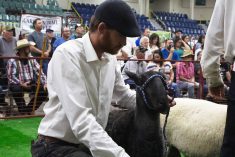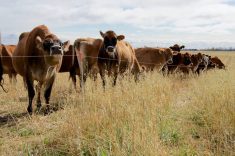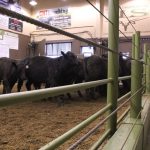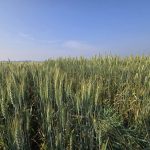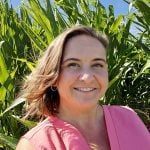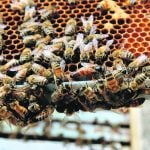LACOMBE, Alta. – Forage and cattle researchers from the three western provinces are uniting to come up with more efficient ways to raise cows.
The newly formed western forage/beef group is made up of federal, provincial and university researchers from British Columbia, Alberta and Saskatchewan.
The group plans to focus on issues involving forage and beef production including nutritional values of forage, extended grazing, winter grazing, grass variety tests or sustainable pasture production.
The research, guided by a producer-led board of directors, is expected to benefit cow/calf producers who want low cost feed without compromising animal productivity.
Read Also
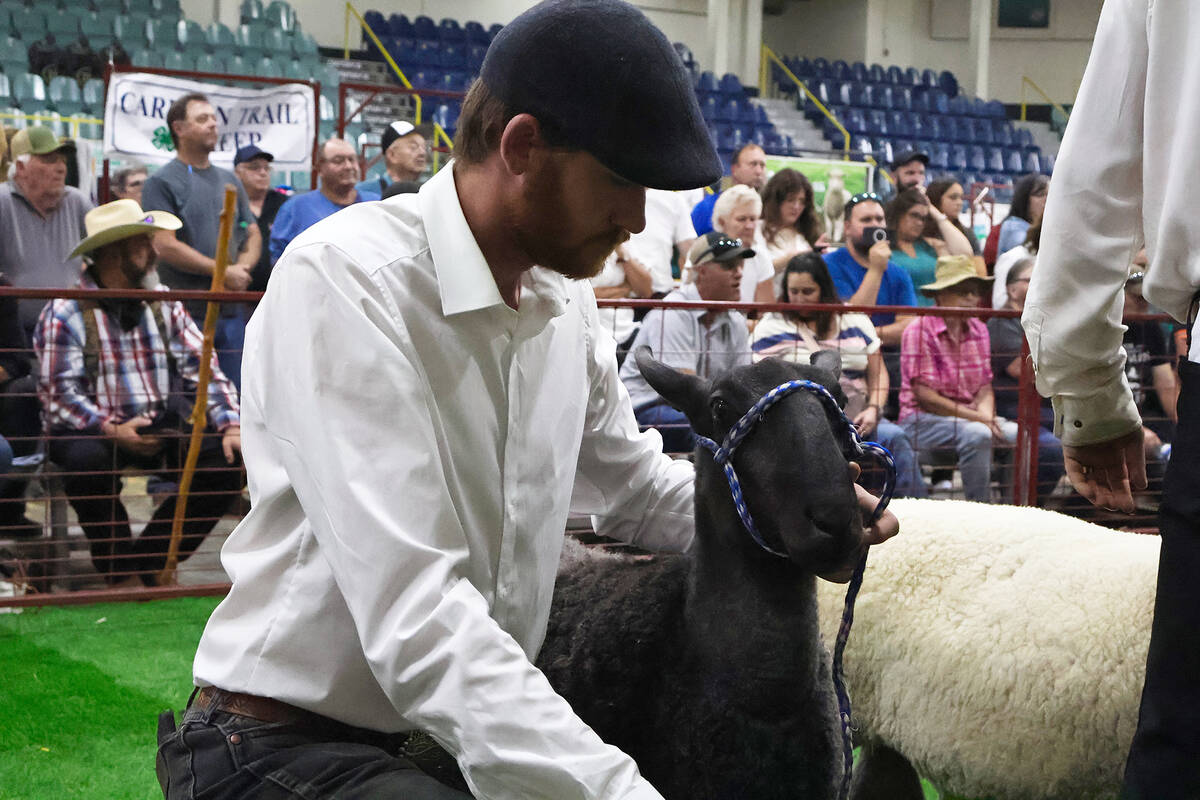
Bluefaced Leicester breed in a class all its own
The Bluefaced Leicester’s high-quality mothering skills and quality wool are some of the strong traits that make the breed a good addition to any operation.
Duane McCartney, formerly of the Agriculture Canada research station in Melfort, Sask., plans to build on research he began there before he was transferred to Lacombe last year. The projects he has been experimenting with include Italian ryegrass and crops for silage.
Suitable for Alberta
At Lacombe, fields seeded to lush Italian ryegrass show it could work well in parkland areas like central Alberta. Cows grazed the fields in a rotational grazing system. Researchers are also investigating swath grazing.
One program involved oats seeded in the last week of June and swathed at the end of September when the kernels were at the soft dough stage.
The fields are divided into strips because cattle will eat the heads off the oats and have only straw left to eat for the rest of the winter, said McCartney.
Researchers noticed elevated nitrate levels in cows to 1.5-1.75 percent nitrate compared to more acceptable nitrate levels of up to .7 percent.
Cattle appear to adapt to the higher levels with no signs of nitrate toxicity, said McCartney.
High nitrate concentrations can occur when plants are growing in lush conditions and they don’t utilize the nitrogen uptake quickly enough.
Oats and peas are main culprits but if cattle are conditioned to higher nitrate levels they show no signs of stress.
Results on productivity are expected at the end of this year.
Vern Baron, another member of the research group, is looking at fall, winter and spring grazing programs designed to reduce reliance on more expensive grain rations.
“For every day we can keep cows out of the feedlot we can save 25 cents a head per day in the central Alberta area,” said Baron.
Save time and money
Farmers save on baling costs if cattle are left longer to eat the hay lying in pastures, plus producers can save on labor and fuel costs if they don’t have to deal with feedlot manure. As well producers can save because they’ll need less feed grain.
The study shows producers can save money by producing silage and encouraging regrowth for later grazing.
Such grazing programs could also solve the problem of running out of pasture by September, said Baron.
For Lacombe’s off season grazing program, researchers looked at a mixture of rye and triticale, as well as perennial forages.
They found pastures seeded to one plant variety give better fall yields than mixed crops. However, the mixture makes better silage during the summer, providing 70 percent digestible matter and high protein.
Besides the cost of seeding annual forages, researchers are investigating how pregnant cows are affected by off season grazing.
They already know cattle kept on pasture longer suffer less disease and death than feedlot animals, said Baron.





